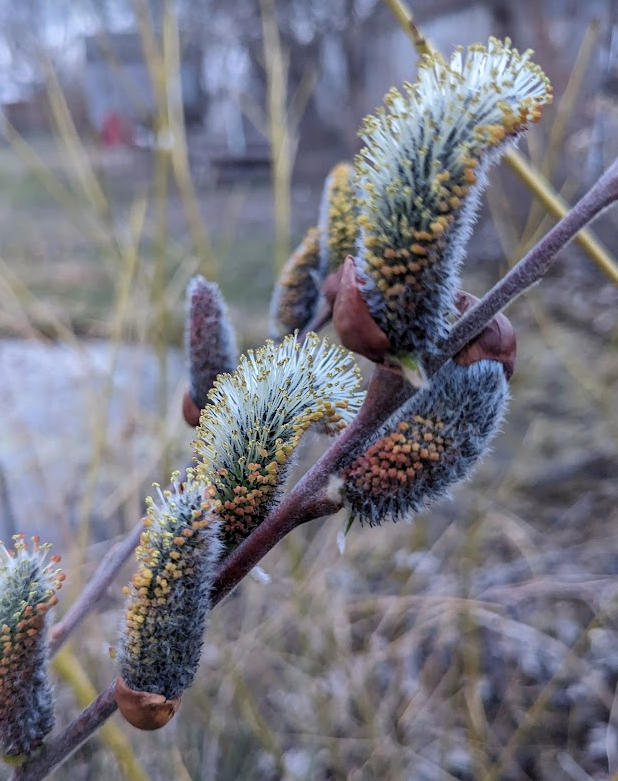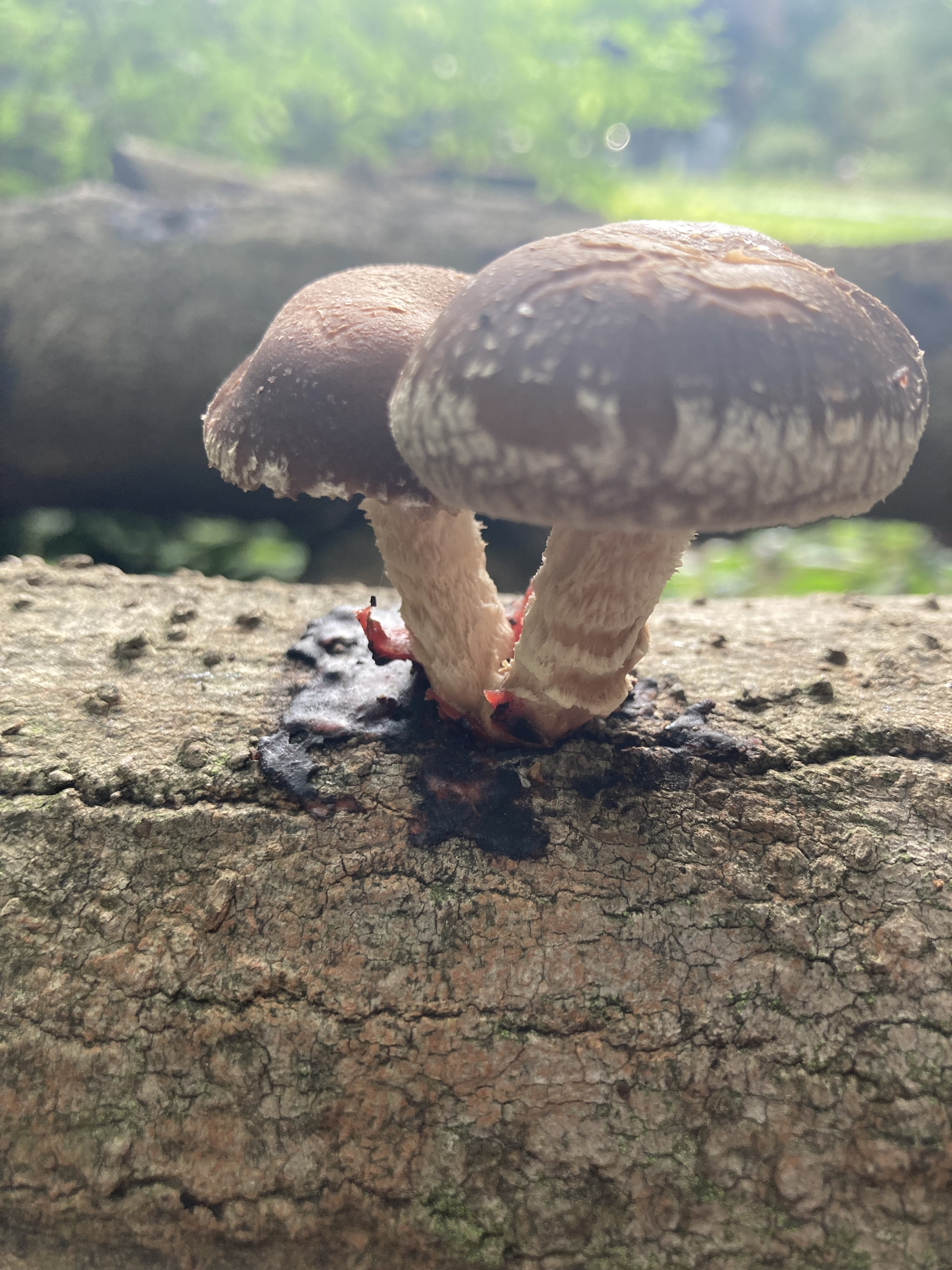Bush broke in winds yesterday. But in this advanced age of prothesis injuries which would surely spell certain death can be overcome.
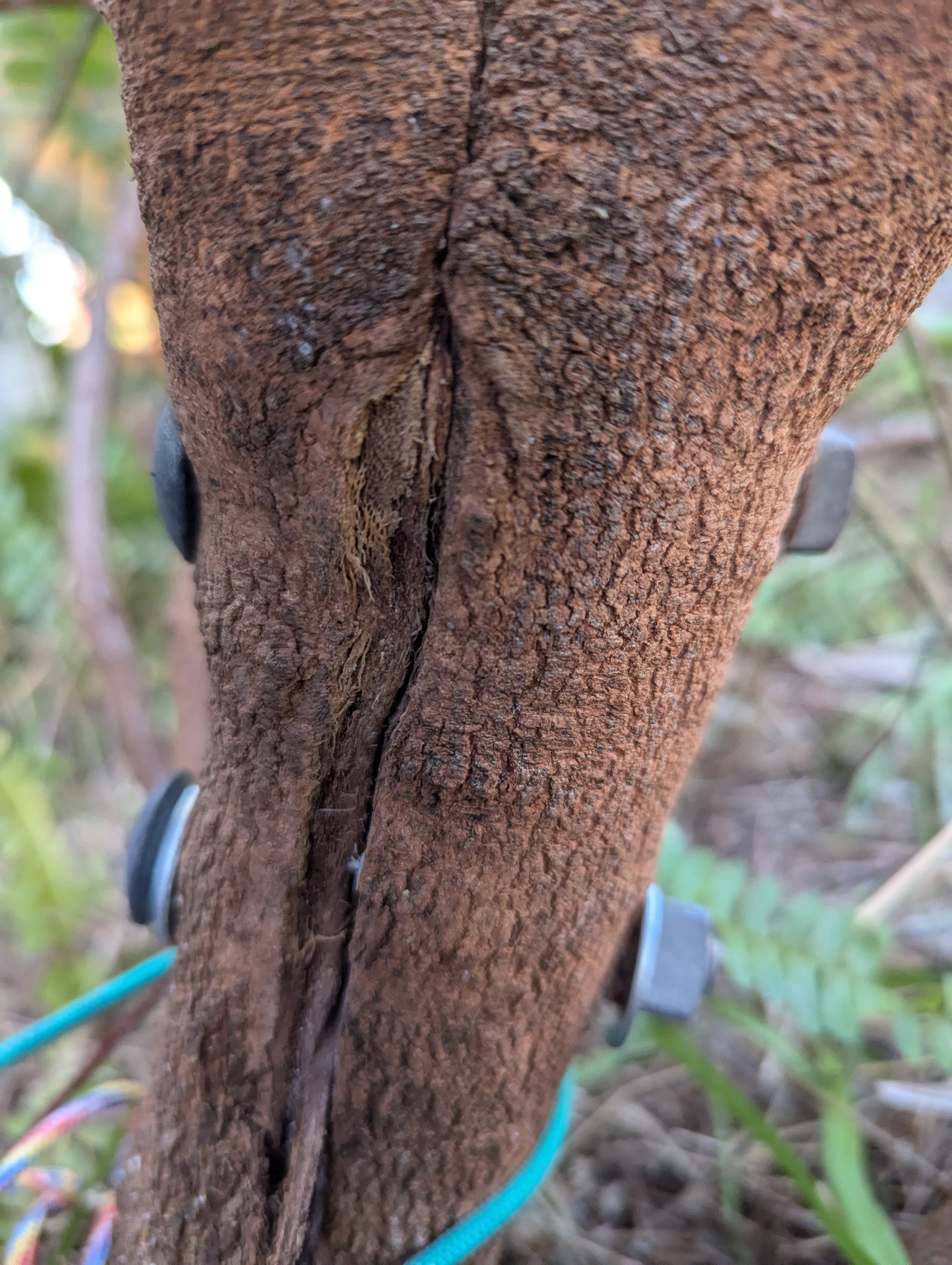
Foreman came to check on me.
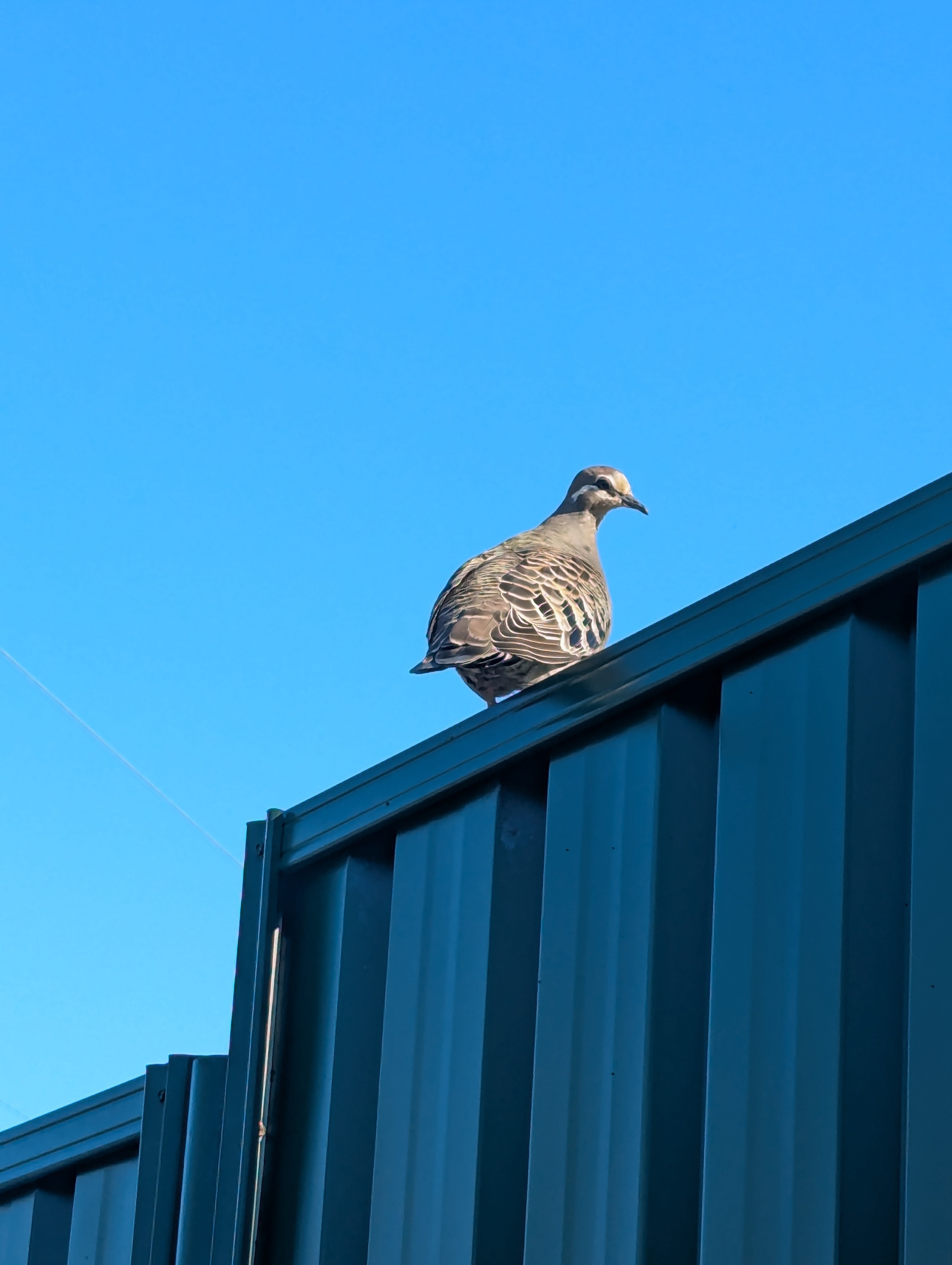
With luck, many more winters of these sprays
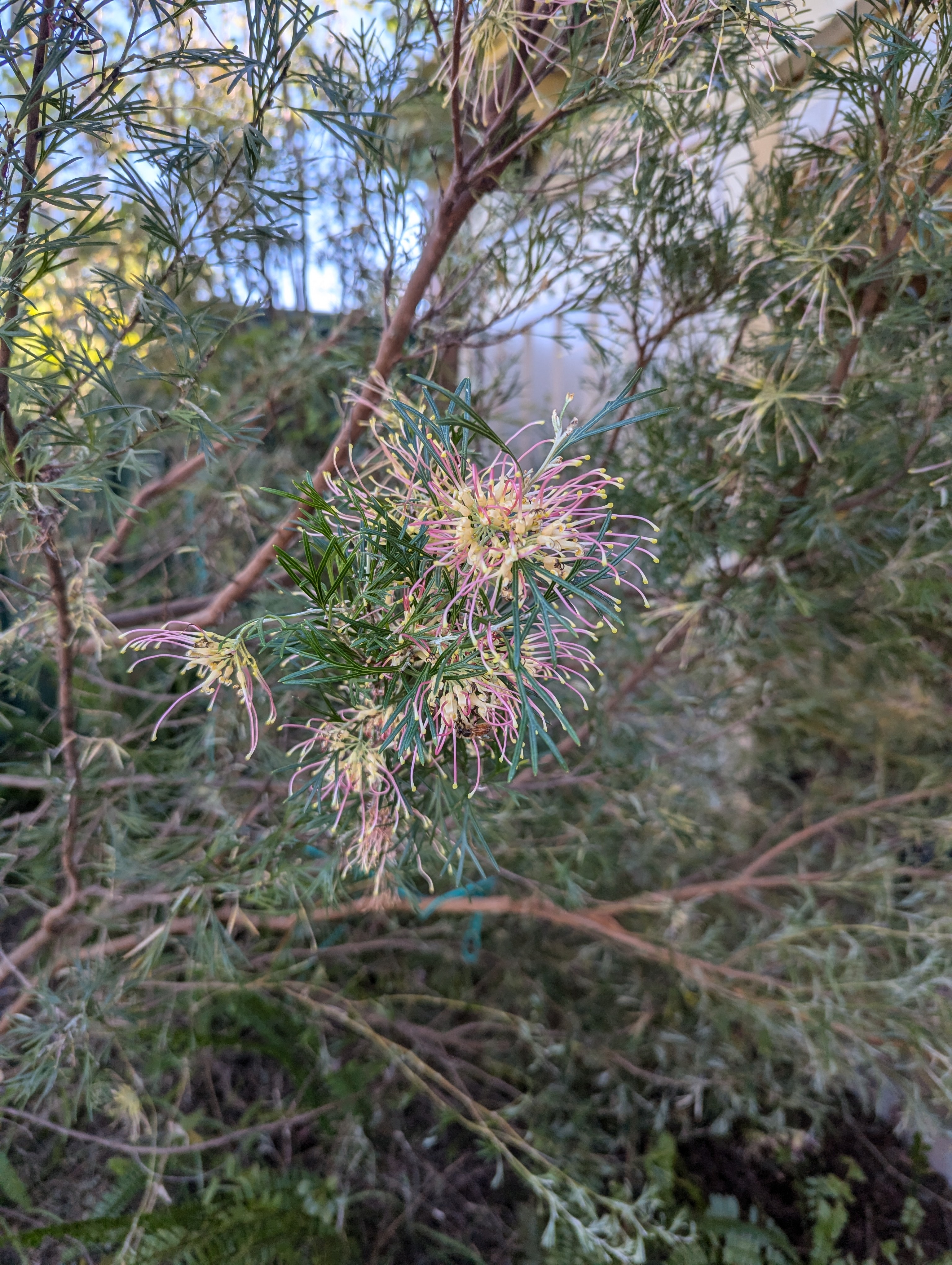
Wow that almost looks like fireworks on a plant, wild.
What kind of bush is that?
Some grevillea. Unknown cultivar. I got it at the native nursery I was volunteering at.
It grew explosively when planted, never developing the strength it needed :( but I hope it recovers because through all of winter it gets absolutely covered in those flowers.
Well it’s beautiful and amazing, thank you for the pictures. I’ll have to look up more about them. Do they mostly look pretty or do they fruit or anything?
They have interesting foliage and flower for long periods in winter.
The spikey variants are good shelter for small insects, and all varietes are prolific producers of nectar that draw insects and birds. Mostly they’re a popular plant for their flowers, bird attracting nature, and drought resilience.
They come in a massive variety of forms, from prostrate ground covers to small trees.
Thank you so much for sharing, this is super fascinating. I would love to learn more about how people repair trees and bushes. Nature is fucking wild.
I have a plant that looks somewhat similar to your Grevillea, but it did not flower very spectacularly this year: https://en.wikipedia.org/wiki/Witch-hazel (I don’t think I have any photos of mine.)
Prune your trees early folks, this could have been avoided
This is a ~ 1.5 metre tall bush. I think this is what’s called a co dominant stem but I didn’t think it was typically a problem in bushes.
Most grow like this don’t they?
We just had several days of ~150 km/h gusting due to living atop a ridge where people have cleared the trees. It seemed to weaken over time and snap.
It’s the included bark that’s the issue. Where you have two codominant stems growing next to each other like that it creates a very weak joint. If you catch it early you can reduce one of the two halves so only one side becomes dominant and once you’re down to like 25% mass on the reduced side you can cut it back completely
By included bark are you referring to the way the bark is sort of folded between the junction?
Any tips for strengthening this? For sentimental raisins I’d rather not lose it. We lost almost all we initially planted due to terrible drought, then flooding and like years-rain-in-a-day weather. This little one survived due to sheltered and raised position.
By included bark are you referring to the way the bark is sort of folded between the junction?
Yes exactly
Any tips for strengthening this?
The bolts ought to do it! It’s how arborists repair split trees (although with much bigger bolts)



